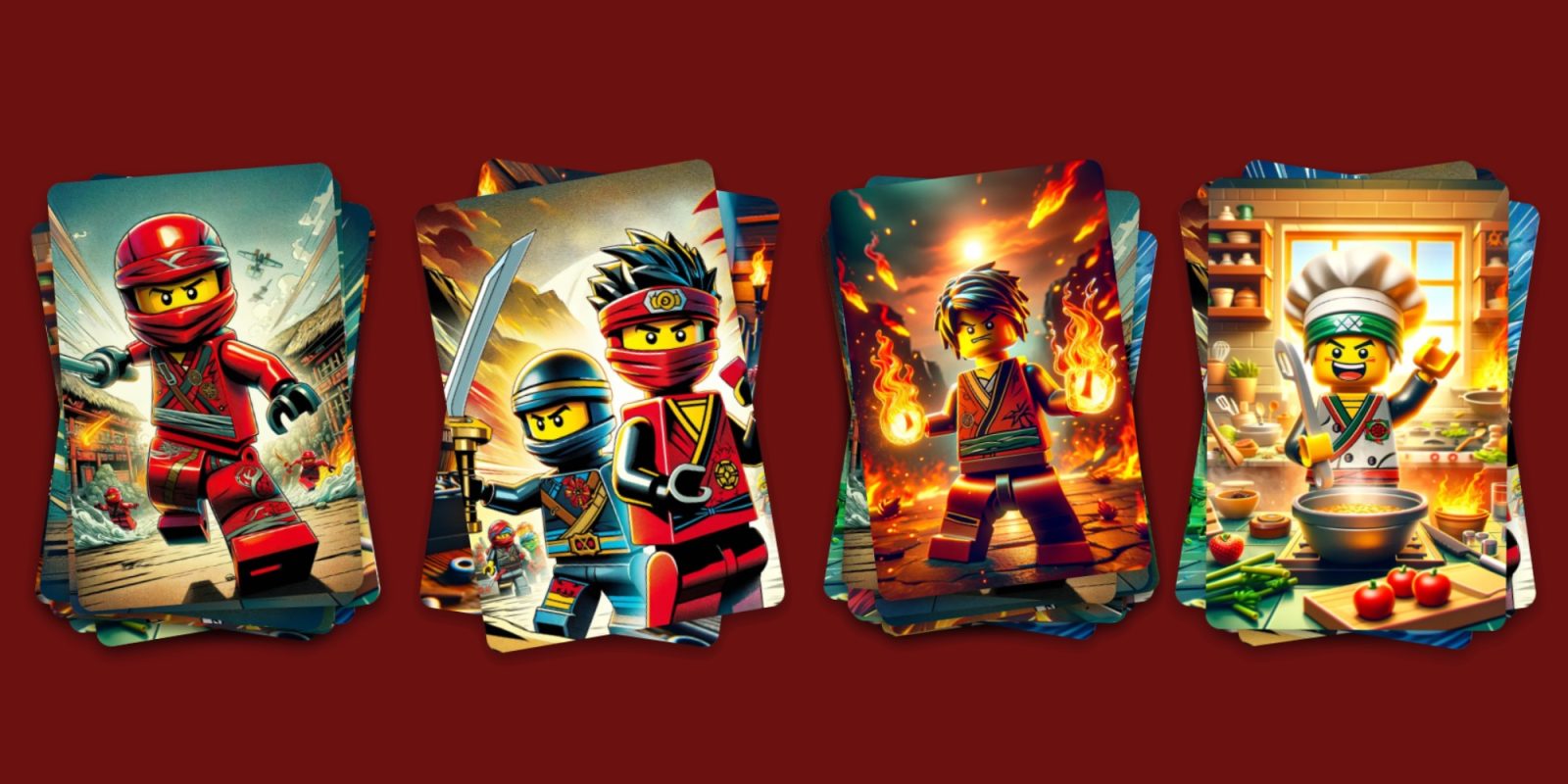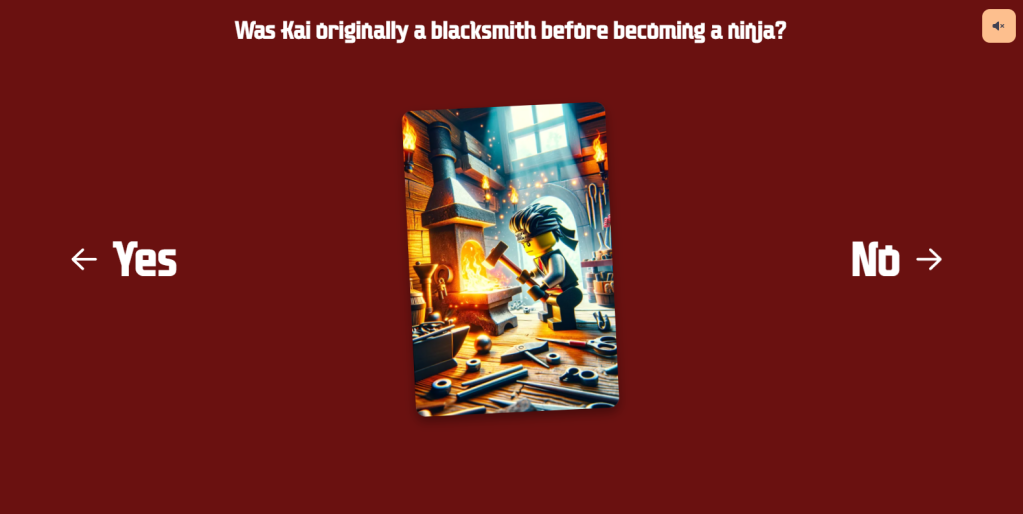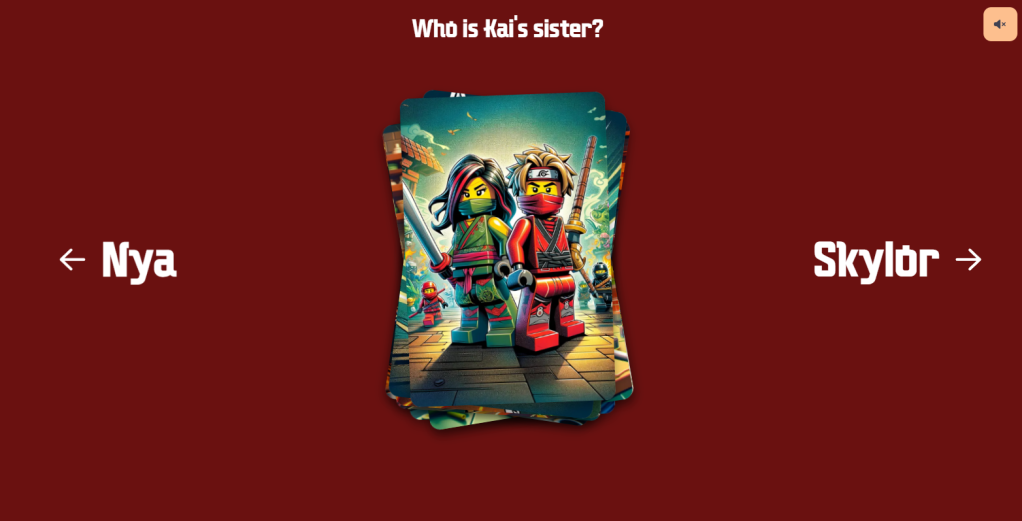
The LEGO Group’s entire philosophy as a company is to inspire play and creativity. AI, on the other hand, is the antithesis of those kinds of sentiments. LEGO was caught this morning using AI in a character quiz for Ninjago fans to take and has since issued a statement about the messup.
The combo LEGO and AI aren’t anything new. If you browse through Instagram, Facebook, or even TikTok, you’ll likely come across generated sets that don’t exist. There are tons of social media pages devoted to making “creations” by using tools like DALL-E or Microsoft Designer. The outcome is always the same, though. At first glance, the images look like an actual set you might find on store shelves. But spend more than two seconds inspecting it to see LEGO bricks that don’t exist in the first place or jumbled textures that only give the illusion of being made out of bricks in the first place.
Just like fingers are a big giveaway for AI-generated real-life scenes, you can always tell real LEGO from AI impressions of LEGO. That’s what makes the LEGO Group’s decision to actually use AI itself so much worse.
The LEGO Group had a Ninjago Character Quiz live that was packed full of AI art. It’s all pretty bad, too. Here’s a slideshow of all the pictures.









All of this unfolded through the early hours of today. The LEGO Group has already issued a statement on the use of AI and has since taken down the offending character quiz. The statement isn’t anything too outside of the box. It’s all pretty standard corporate talk for “sorry we messed up.”
We have a clear policy not to use generative AI to create LEGO® content. We fundamentally believe in the wonder and power of human creativity and will continue to encourage and celebrate the talented artists who help bring our brand and characters to life.
These images were used in a test which happened outside of our usual approval processes, and we will take all necessary steps to ensure that it won’t happen again.
We believe generative AI offers interesting opportunities and we will continue to explore how we can use it to improve the experiences we offer and our ways of working.
For a company whose name literally means to play well – LEGO comes from the contraction of the Danish phrase leg godt – it’s wild to me that I am even writing something about its use of AI. I suppose that it’s just wishful thinking to believe it would be immune to AI. But at the very least, I hope that LEGO really does learn its lesson. But with that last sentence, it seems more like the LEGO Group is sad it got caught – rather than remorseful for using AI in the first place.
FTC: We use income earning auto affiliate links. More.






Comments